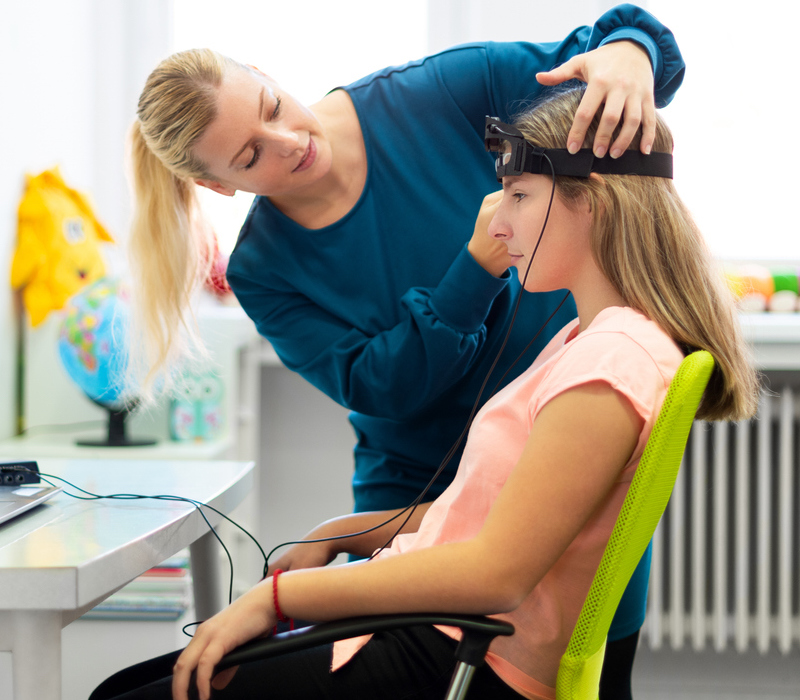Imagine this: You wake up one morning, slightly grumpy and feeling off. You wish you had an automatic way to tell you how you’re really doing, and maybe a way to receive suggestions about how to improve your well-being.
This future might be on the near horizon. Well-being involves how we feel physically, emotionally, mentally, and socially. It is influenced by many aspects of our lives, like health, relationships, and spirituality. While we often use surveys to gauge well-being, their reliability is sometimes debated, so it would be amazing to use body metrics to get more accurate and objective insights – something that is now doable with wearable devices.
Why do we need to understand well-being at all? Understanding well-being is vital for mental health and overall happiness. Research has shown that low well-being correlates with increased health risks, while high well-being means better resilience, making it easier to cope with stress.
Since stress disrupts well-being by affecting autonomic nervous system balance, it can cause emotional and cognitive disruption. We can use physiological measurements – like the electrical activity of your heart (electrocardiography; ECG) and brain (electroencephalography; EEG) – to discover biomarkers that tip us off when well-being is moving out of balance. In particular, heart rate variability (HRV), or the small changes in time between each heartbeat, offers insights into autonomic nervous system regulation and stress adaptation. A higher HRV generally indicates good heart health and a well-functioning nervous system. From brain activity, we can look at how the two sides of your brain are working together.
We performed a new study that combines wearable ECG and EEG devices to measure and track well-being, using metrics like HRV and brainwaves which offer insights into emotional and cognitive states. The goal of the study was to see if it’s possible to use cheap, portable systems for ECG and EEG, as well as to see how these metrics connect to different aspects of well-being. We also wanted to look into how EEG and HRV signals relate to each other, which would help us understand how our brain and heart interact.
What did we measure?
We recruited sixty participants for the study. The study design was simple and involved participants completing surveys that assessed different aspects of well-being, as well as having their brain (EEG) and heart (ECG) activity recorded for 2 minutes while focusing on their breath. We measured global well-being, eudaimonic well-being (how committed someone is to making the world a better place and how well their natural responses align with their long-term goals and principles), hedonic well-being (the ratio of positive emotions to negative emotions that a person feels), physical well-being, and social well-being.
What did we find?
We found that there were strong connections among the well-being measures, particularly between global and physical well-being. In other words, the better one’s global well-being, the better one feels physically, and vice versa. We also found that eudaimonic well-being (the sense of purpose and living in alignment with one’s values) was positively linked to HRV. In other words, when individuals live authentically and pursue meaningful or fulfilling activities, they experience higher eudaimonic well-being, which is associated with better autonomic nervous system balance, as indicated by higher HRV.
We also found that posterior alpha brainwave asymmetry correlated positively with both overall and physical well-being, confirming previous research findings.
We did not, however, find a significant relationship between other well-being measures and EEG or HRV metrics, and no associations were observed between the head and heart metrics.
What does it mean?
Overall, with this study, we showed that portable, wearable devices that measure biometrics are feasible for investigating the relationship between the body’s signals and well-being. This is hugely important since it provides an objective way to assess well-being, rather than solely relying on a person’s subjective experience, which is sometimes unreliable.
We also found that certain heart measures were linked to psychological well-being, while specific brainwave patterns were associated with physical well-being. While this research is a great start, we need more studies to determine how these signals change over time. For example, are they reliably predictive of well-being both during daytime and nighttime? Across all ages? There is much more to learn.
Soon, your wearable device or app might just be your personal well-being coach, giving you a heads-up when stress levels rise and helping you make choices that keep you on track for a healthier, happier life. The future of well-being could be right at your fingertips!
Read more about this study and the results in the paper “Identifying HRV and EEG correlates of well-being using ultra-short, portable, and low-cost measurements” published in Progress in Brain Research.
